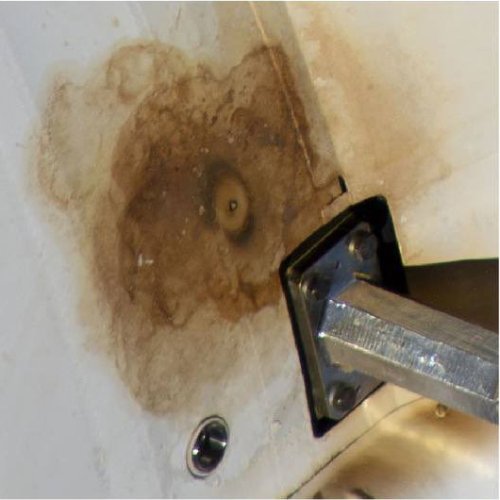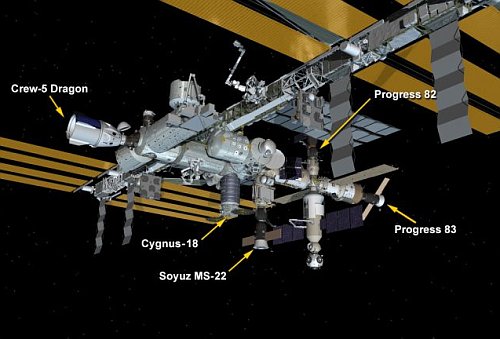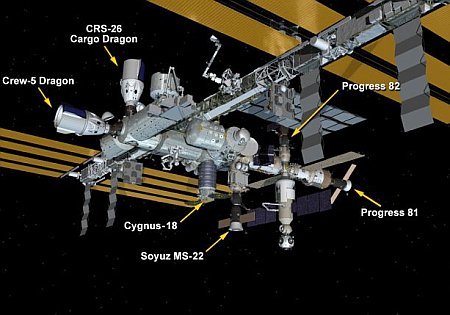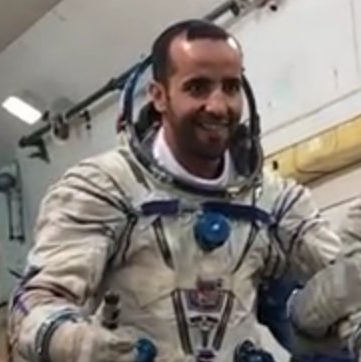SpaceX successfully launches its Endeavour capsule carrying four astronauts
Capitalism in space: SpaceX tonight used its Falcon 9 rocket to successfully launch its Endeavour capsule from Cape Canaveral, carrying four astronauts to ISS.
This was Endeavour’s fourth flight. It will dock with ISS in about 24 hours. The four-person crew included two Americans, one Russian (the second to fly on a Dragon capsule), and the first citizen of the United Arab Emirates to fly on an American spacecraft. He will stay on the station for six months.
The Falcon 9 first stage was making its first flight, and successfully landed on a drone ship in the Atlantic. This was only the fourth new first stage used by SpaceX since January 2022 (out of 75 launches), and the second launched this year.
The 2023 launch race:
14 SpaceX
7 China
3 Russia
1 Rocket Lab
1 Japan
1 India
American private enterprise now leads China 15 to 7 in the national rankings, and the entire world combined 15 to 12. SpaceX alone leads the entire world combined, including all other American companies, 14 to 13.
Capitalism in space: SpaceX tonight used its Falcon 9 rocket to successfully launch its Endeavour capsule from Cape Canaveral, carrying four astronauts to ISS.
This was Endeavour’s fourth flight. It will dock with ISS in about 24 hours. The four-person crew included two Americans, one Russian (the second to fly on a Dragon capsule), and the first citizen of the United Arab Emirates to fly on an American spacecraft. He will stay on the station for six months.
The Falcon 9 first stage was making its first flight, and successfully landed on a drone ship in the Atlantic. This was only the fourth new first stage used by SpaceX since January 2022 (out of 75 launches), and the second launched this year.
The 2023 launch race:
14 SpaceX
7 China
3 Russia
1 Rocket Lab
1 Japan
1 India
American private enterprise now leads China 15 to 7 in the national rankings, and the entire world combined 15 to 12. SpaceX alone leads the entire world combined, including all other American companies, 14 to 13.




